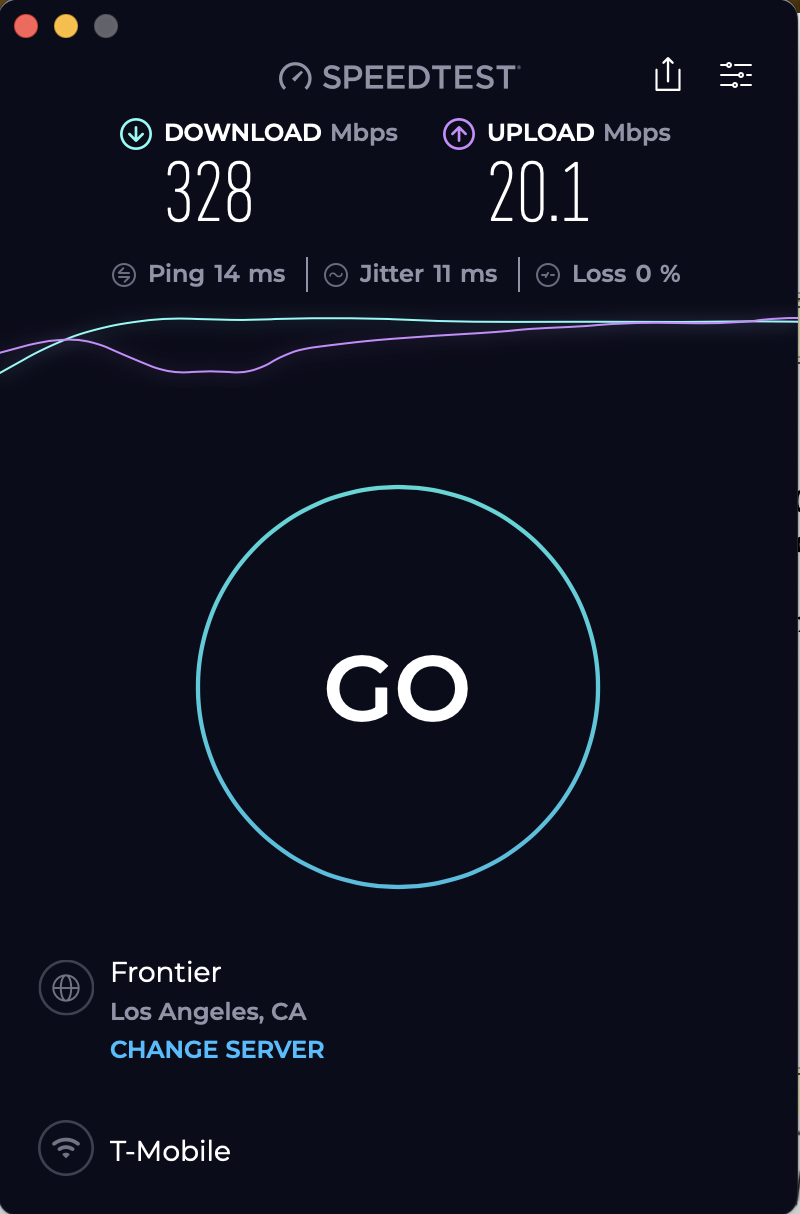"Best offer from AT&T is 25Mbps DSL."
AT&T, Verizon and rest are doing all they can to get away from POTS (copper) landline telephone service. That means also DSL will go with end of such service.
Those who cannot (or will not) choose between VOIP, fiber, 5G, cable or whatever else are likely to be left cold. FTC and many states have given phone company their blessings in retiring copper if certain conditions are met. Those in rural areas may have more protections, but never the less it is clear POTS is going away.
Across the pond countries in Europe such as France (IIRC) are getting rid of POTS by state initiative, so people don't have a choice but to sign up for a new type of service.
Thing is in USA POTS service was and still is regulated as a public utility both at federal and usually state level. 5G, fiber and others are not and Verizon, AT&T along with rest have spent millions lobbying Congress and FTC (among others) to prevent Internet and other bits of new technology falling under regulation as public utilities.
Biden's infrastructure bill contained billions for high speed internet access and other things to bring USA into 21st century on that score. This includes pots of money for low income, rural and others to make new technology affordable. Communication companies such as Verizon are eager to get their mitts on that money, but don't want any restrictions. For instance none of them want federal government to formally define what constitutes high speed internet.


